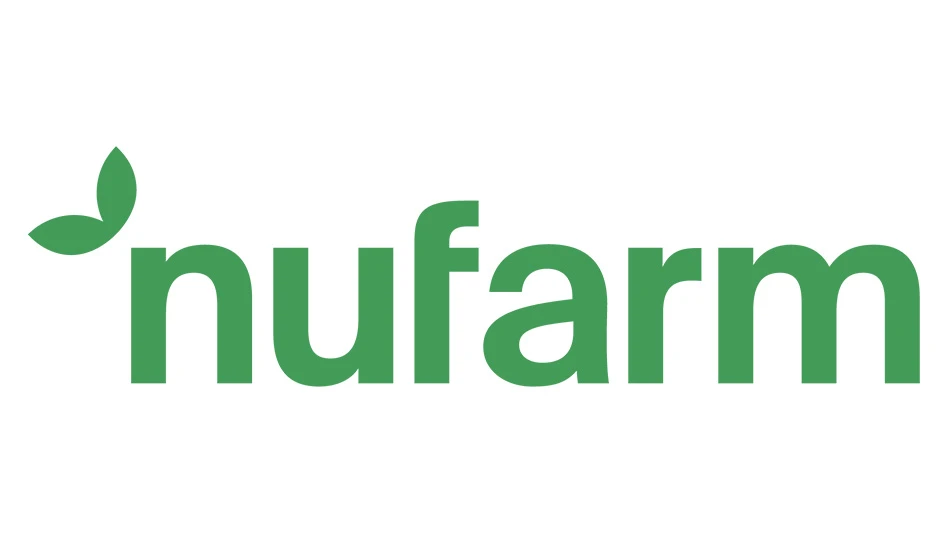 Nursery Management spoke with Corey Connors, senior director of government relations at the Society of American Florists, about what business owners need to know regarding the Affordable Care Act.
Nursery Management spoke with Corey Connors, senior director of government relations at the Society of American Florists, about what business owners need to know regarding the Affordable Care Act.
Q: What are some basic facts?
A: We know:
- The prospects for repeal of the Affordable Care Act (ACA) are moot.
- Changes to the ACA and what it requires of employers (including: timing and transition relief, definition of full-time employee, large employer definition, automatic enrollment) are highly unlikely.
- The central provisions of the law related to employers and health coverage (large employer mandate, individual mandate, Exchanges and Medicaid expansion) remain slated to take effect on/before Jan. 1, 2014.
- The regulatory agencies responsible for oversight have started to “flesh-out” how the ACA will be administered through a series of regulations (November/December/February).
- Those agencies have not completed their work and still have a number of outstanding issues to address.
- That employers, regardless of size, will be significantly affected by the ACA as the law fundamentally transforms how employers provide and employees obtain coverage. Employer-sponsored health coverage, considered a compensation benefit for businesses that could afford to offer it, has been the rule of thumb in this country for a long time. The new law presents both opportunities and challenges for businesses of all sizes.
- That the most common question that SAF has received from its members across all segments (grower, wholesaler, supplier and retailer) is: “Where do I begin?”
- That there are some perceptions of the law that are based in myth that will complicate compliance and the avoidance of tax liability.
Q: How should small-business owners prepare for the ACA?
A: Generally, it’s important to note that the determination of whether or not you are a large or small employer for the purposes of the ACA is not subjective. Every employer is going to have to calculate their number of full-time employees (averaging 30 hrs/week per month) and equivalents over a predetermined measurement period to determine if they are large or small. Subsidiaries of parent corporations, who may otherwise operate as independent small businesses and believe themselves to be ACA-exempt, are considered part of the parent corporation for determining their status as a large or small employer. Even if that subsidiary business employs, say, 10 full-time workers, all of the other subsidiaries and employees of the parent corporation are added up to determine ACA business size. Each subsidiary is then treated as a large or small employer, accordingly.
In a highly seasonal industry like the green industry, it is also important to understand how employers will qualify for the 120 day seasonal exception rule. Every employee and equivalent hour will factor into the first calculation to determine ACA business size, including seasonal workers. Questions still remain as to how non-resident aliens will be treated under the law. There are also some potential “paper trail” issues that have arisen given the legal immigration status of some green industry employees. In short, green industry employers need to first understand exactly how they are structured and their business size according to the ACA standards before beginning to make decisions related to coverage.
In the case of a truly small employer (per ACA) that has fewer than 50 FTEs on average per month over the course of a measurement period, there are still several critical considerations to make related to employee health benefits and employer-sponsored coverage. Though a small employer may not be liable for the tax penalties that a large employer might, there are still several components of the law that small employers will need to carefully consider before proceeding:
- Individual Mandate: though small employers are not required to offer coverage to employees, each employee is responsible for obtaining health coverage for themselves and their dependent children or face a potential non-deductible tax penalty that increases substantially over time (Note: the individual mandate also applies to business owners and their families as well). If employees cannot access coverage through their employer, where else would they be able to obtain it? An exchange? The private market? Another employer?
- Non-discrimination: there are provisions of the ACA that prohibit employers of all sizes from discriminating against lower-salaried employees when purchasing coverage and deducting as a business expense. Unless you have a grandfathered health plan (in effect prior to March 23, 2010 with no substantial changes), employers that do not meet the 105(h) discrimination requirements can be subjected to a fine of $100 per employee/per day for plans that are not ACA compliance. In laymen’s terms: if you have purchased coverage for yourself and/or your family, deducted it as a business expense and did not offer that same level of coverage to all of your full-time employees (regardless of your business size), you may need to reevaluate your situation with your health benefits provider. Just five employees and a year’s worth of non-compliance could potentially run upwards of $180,000 in fines.
- Exchanges and Tax Credits: states will operate exchanges catered to both individuals and small businesses. The Small Business Health Options Program (SHOP) will allow business with up to 50-100 employees (depending on state) to purchase small group coverage in the Exchange marketplace. Beginning in 2014, the much-discussed Small Business Health Care Tax Credit will be eligible only to those businesses that are purchasing coverage through the Exchange (Note: that tax credit does not extend past 2016).
- Other issues: several impediments to providing coverage and driving costs have been reduced or eliminated for individuals and employers. New community rating rules have eased the populations over which potential health risks can be spread. In laymen’s terms: insurers are limited in their ability to target different types of populations or occupations for higher rates than younger, healthier, less hazardous/strenuous work populations. Insurers can also no longer discriminate against those with pre-existing conditions, removing a potential barrier for employees wishing to obtain coverage. Finally, plans offered by small employers must provide minimum essential benefits in 10 predetermined categories in order to be ACA compliant.
Q: Where can business owners turn to for help?
A: SAF has developed a Health Care Resource Center that is provided free to members as a benefit. It’s written in plain English, comprehensive, easy to understand and provides a “Health Care Planning Tool” for employers large and small to utilize to make informed choices about how they will comply with the ACA. The tool includes a worksheet to calculate your business size, then walks users through their options for themselves and their employees (self-employed, large, small…each on the basis of whether or not they currently provide coverage). The HC Resource Center also provides a glossary, implementation timeline and other resources to assist businesses with ACA compliance.
 For non-SAF members, there are several resources out there that may be helpful. The Kaiser Family Foundation has done a good job of putting out non-partisan information to educate the public about the Affordable Care Act. There’s a lot of information to wade through, but it’s a good resource: http://healthreform.kff.org/
For non-SAF members, there are several resources out there that may be helpful. The Kaiser Family Foundation has done a good job of putting out non-partisan information to educate the public about the Affordable Care Act. There’s a lot of information to wade through, but it’s a good resource: http://healthreform.kff.org/
Hortica has done a really good job of understanding the ACA and in developing tools/programs to assist employers in providing ACA compliant plans.
Other notifications and information about employer reporting requirements should be coming from state workforce agencies and state labor departments as time goes on. A March 1 deadline for employers to notify employees about the existence of Exchanges and how to access them was delayed until late summer/early fall. This isn’t necessarily a resource, just a suggestion that if something comes in the mail from the state workforce or labor folks, owners should open it.
Attorneys and accountants should be fairly well-versed on the requirements of the law.
Q: How can a small business pass along the costs?
A: In one way or another, businesses across all industries will need to find a way to mitigate costs and limit potential tax liability. The ACA’s tax penalties are non-deductible and come straight out of profit margins – that’s important to note. That’s for large employers who do not offer coverage or offer coverage that is not considered affordable and of minimum value. Should employers choose to offer coverage, there’s certainly a cost for doing that. But will premium costs continue to rise or will the law better contain premium increases? Does the existence of a SHOP exchange mean better access for small employers and more affordable options?
There may also be hidden costs for attracting and retaining employees, all of whom are responsible for obtaining coverage for themselves and dependents, regardless of business size. Will employees, required to find coverage that is ACA-compliant, leave a small employer to join a large employer that offers health benefits? What market pressures will be created by the individual mandate? What will the effect be on small employers?
How to pass along costs is a different matter. In an economic recovery with more fits than starts, will small businesses be put in a position of increasing downstream and consumer prices at a time when disposable income remains flat? Will large companies also have to increase product costs to make up for the cost of health coverage? By the same factor?
For more: www.safnow.org
Get curated news on YOUR industry.
Enter your email to receive our newsletters.
Explore the June 2013 Issue
Check out more from this issue and find your next story to read.
Latest from Nursery Management
- The HC Companies, Classic Home & Garden merge as Growscape
- Eason Horticultural Resources will now officially be known as EHR
- BioWorks receives EPA approval for new biological insecticide for thrips, aphids, whiteflies
- Ellen Mackenbach-Lakeman appointed new CEO of Dümmen Orange
- Southern Garden Tour sets 2025 dates for trial garden open houses
- New book explores plants that thrive in Rocky Mountains
- American Floral Endowment establishes Herman Meinders Memorial Tribute
- These companies are utilizing plastic alternatives to reduce horticultural waste







